The Five Senses - Touch
In the ancient healing system of Ayurveda, the sense of touch is recognized as a powerful tool for promoting well-being and balance in the body and mind. Through various forms of tactile therapy, Ayurveda harnesses the profound healing potential of touch to restore harmony and support overall health. In this essay, we will explore the significance of the sense of touch in Ayurveda and how it can be utilized for therapeutic purposes.
In Ayurveda, the sense of touch is known as "Sparshna," one of the five senses alongside sight, hearing, taste, and smell. According to Ayurveda, touch not only provides us with physical sensations but also has a profound impact on our well-being at a deeper level. It is believed that the sense of touch connects us to the external world and influences our internal balance of doshas, which are the three bioenergetic forces - Vata, Pitta, and Kapha.
Ayurveda employs various tactile therapies to promote healing and restore balance. One notable practice is Abhyanga, an Ayurvedic massage technique.
Abhyanga involves the application of warm oils infused with herbal extracts on the body. This therapeutic massage aims to nourish the tissues, improve circulation, release tension, and promote relaxation. By nurturing the physical body and calming the mind, Abhyanga helps to restore balance to the doshas.
Marma therapy is another tactile therapy utilized in Ayurveda. It involves gentle touch and manipulation of vital energy centres called marma points located throughout the body. Through the stimulation of these points, Marma therapy aims to enhance the flow of prana, the life force energy, release blockages, and promote overall healing. This practice can address various physical and emotional imbalances.
Pinda Sweda, also known as bolus or poultice therapy, is another tactile therapy in Ayurveda. It involves massaging the body with warm herbal bundles. The heat and herbal properties of the poultice penetrate the tissues, alleviating pain, reducing inflammation, and inducing relaxation. Pinda Sweda is particularly beneficial for enhancing skin health and promoting lymphatic flow.
Udvartana, a therapeutic massage technique, utilizes herbal powders. The powders are applied to the body with vigorous strokes, exfoliating the skin, stimulating circulation, and aiding in the removal of toxins. Udvartana not only promotes physical well-being but also contributes to mental clarity and emotional well-being.
Tactile therapies in Ayurveda offer numerous benefits for the body, mind, and spirit. They induce relaxation, reduce stress, improve circulation, and promote the detoxification of the body. These therapies also enhance energy and vitality, rejuvenate the skin and tissues, balance the doshas, and contribute to mental clarity and emotional well-being.
In conclusion, the sense of touch plays a vital role in Ayurveda as a powerful means of promoting healing and balance. Tactile therapies such as Abhyanga, Marma therapy, Pinda Sweda, and Udvartana offer unique benefits that extend beyond physical relaxation to encompass overall well-being. By incorporating these practices into our lives, we can tap into the transformative potential of touch and experience profound healing and rejuvenation.

